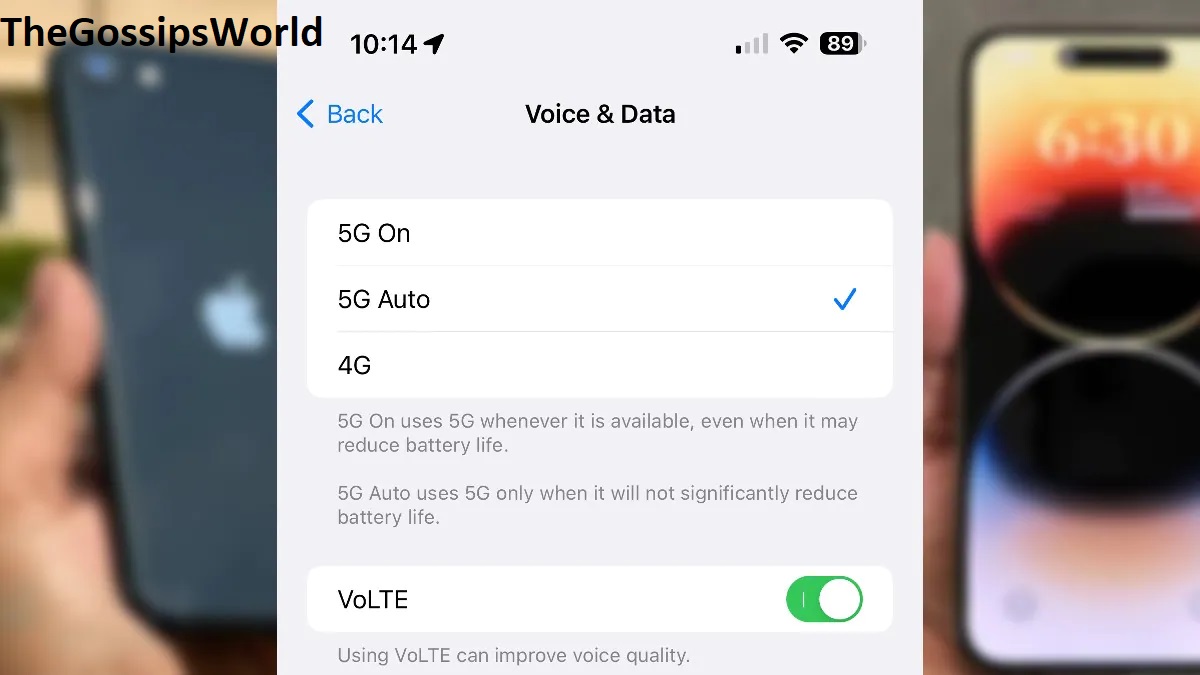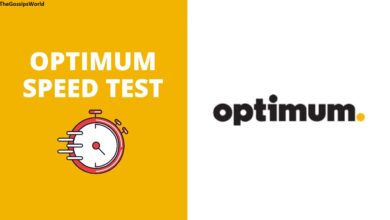How To Convert Tablespoon To Cup
Additionally, it’s important for environmental awareness and resource management. Converting between tablespoons and cups can help individuals and organizations assess their water usage, fuel consumption, or other liquid resources, aiding in the responsible and efficient use of these valuable commodities.
Table of Contents

Tablespoon
The tablespoon, a term that resonates with the clinking of silverware and the aroma of spices, is more than just a culinary tool; it’s a unit of measurement steeped in the intricacies of cooking and baking. Originating from the large spoons used by the nobility during the Tudor times,
It has since become a standardized measure holding approximately 15 milliliters or about half an ounce of liquid. This unit is crucial in the culinary arts, where precision can mean the difference between delicacy and disaster.
In dry ingredients, its capacity can vary depending on the substance’s density, a nod to the complex physics hidden within the culinary arts. The tablespoon finds siblings across the globe, with slight variations in size from the Australian metric tablespoon, which measures 20 milliliters, to the common UK tablespoon at 17.7 milliliters.
These subtle differences dance around the standardized US tablespoon, emphasizing the diversity and commonality in culinary practices worldwide. When recipes whisper secrets from distant lands, they often speak through the universal language of tablespoons, a testament to a shared human experience across borders and palates.
Cup
In contrast, the cup sweeps into the narrative as a more substantial harbinger of harmony in the culinary world. As a unit of volume, used predominantly in cooking and serving sizes, the cup echoes with the generosity and abundance of sharing meals.
In the United States, it’s defined as 240 milliliters, an affirmation of its role as a larger vessel for measurement, ensuring the balance of flavors and textures. However, the story of the cup is not monolithic; it, too, wears different garbs around the world.
In Japan, a cup equals 200 milliliters, while a metric cup used in Commonwealth nations holds 250 milliliters, reflecting the rich tapestry of global culinary traditions. Beyond the kitchen, the cup finds resonance in the coffee shops and tea houses,

Where it measures moments of relaxation and reflection. In its ubiquity, the cup becomes more than a measure; it’s a symbol of community and culture, an everyday experience that unites people, recipes, and stories, one serving at a time.
How To Convert Tablespoon To Cup
Embarking on the journey of converting a tablespoon to a cup requires a keen understanding of their relationship. The key to this culinary cipher is knowing how many tablespoons are in a cup. In the standardized US system, 1 cup encompasses 16 tablespoons, a ratio that lays the groundwork for conversion.
So, when faced with the challenge of converting tbsp to cup, one needs to divide the number of tablespoons by 16, allowing the larger unit (the cup) to absorb the smaller (the tablespoon) in a gastronomic alchemy.
For instance, when translating 6 tablespoons to cups, the equation becomes 6 divided by 16, yielding approximately 0.375 cups. This process highlights the dynamic interaction of tablespoons with cups, a fundamental concept for both budding and seasoned chefs.
However, mindfulness is essential; recognizing that variations exist internationally ensures accuracy in this conversion. Remembering tablespoons in a cup is not just a numerical exercise but a rhythmic step in the culinary ballet, harmonizing ingredients to create something that entices the palate and nourishes the soul.






